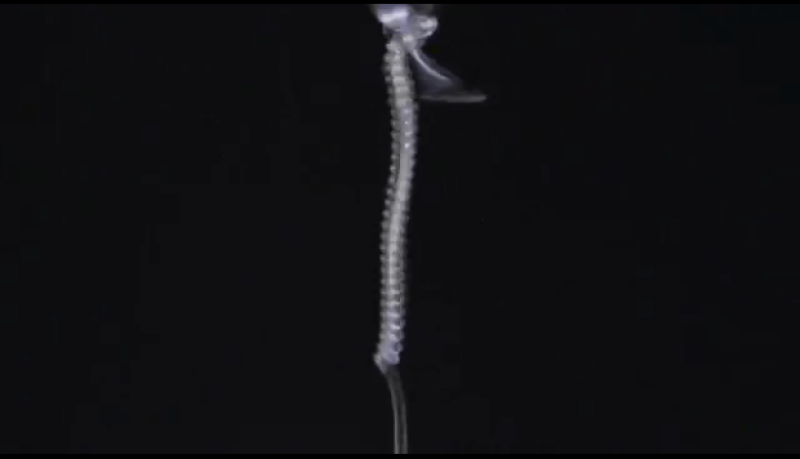The road to a transhumanist future is paved with more than one type of brick. While geneticists will undoubtedly play an important role, these strikingly simple artificial muscles offer a reminder that engineers will be working in tandem with biologists to repair (and improve upon) our fellow man. From the Christian Science Monitor:
From humble parts – No. 6 fishing line or nylon thread – researchers have produced artificial muscles that can lift 100 times the weight that a comparable human muscle can lift, and they’ve made them from a process as simple as twisting a toy airplane’s rubber band.
The too-good-to-be-true simplicity of the components and the apparent ease of designing and making the muscles could speed the evolution of a range of technologies – from wearable exoskeletons for the military and artificial limbs for amputees to robots to clothing whose weave adjusts to changing temperatures and window shutters that open and close as temperatures change.
What the twisting process in this video:
Read the full, original article: Artificial muscles from fishing line? New possibilities.
Additional Resources:
- Everyday fibres used to create artificial muscles, The Engineer
- Artificial Muscles Made With Fishing Line Can Lift 100 Times More Weight Than Human Muscles, International Business Times































